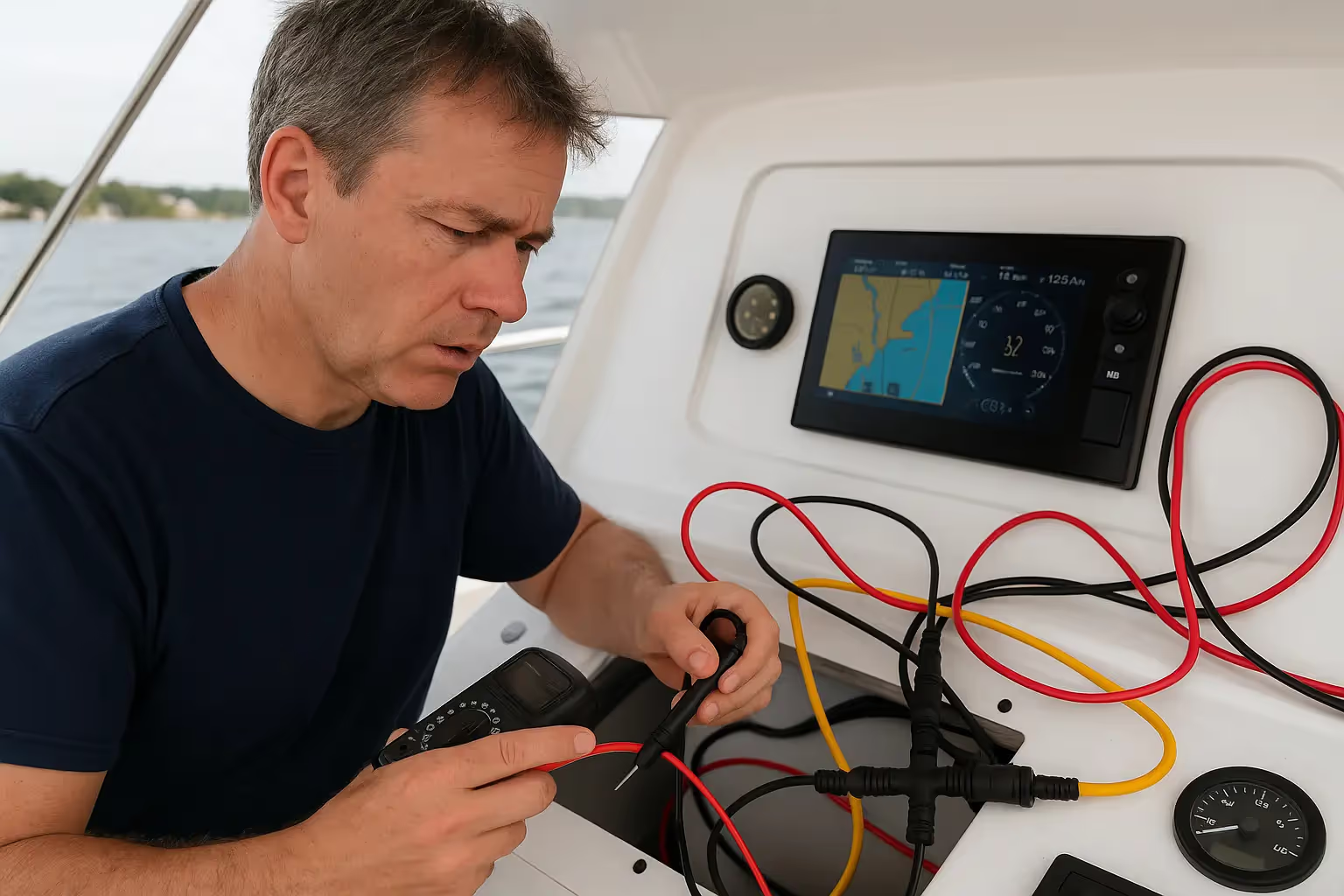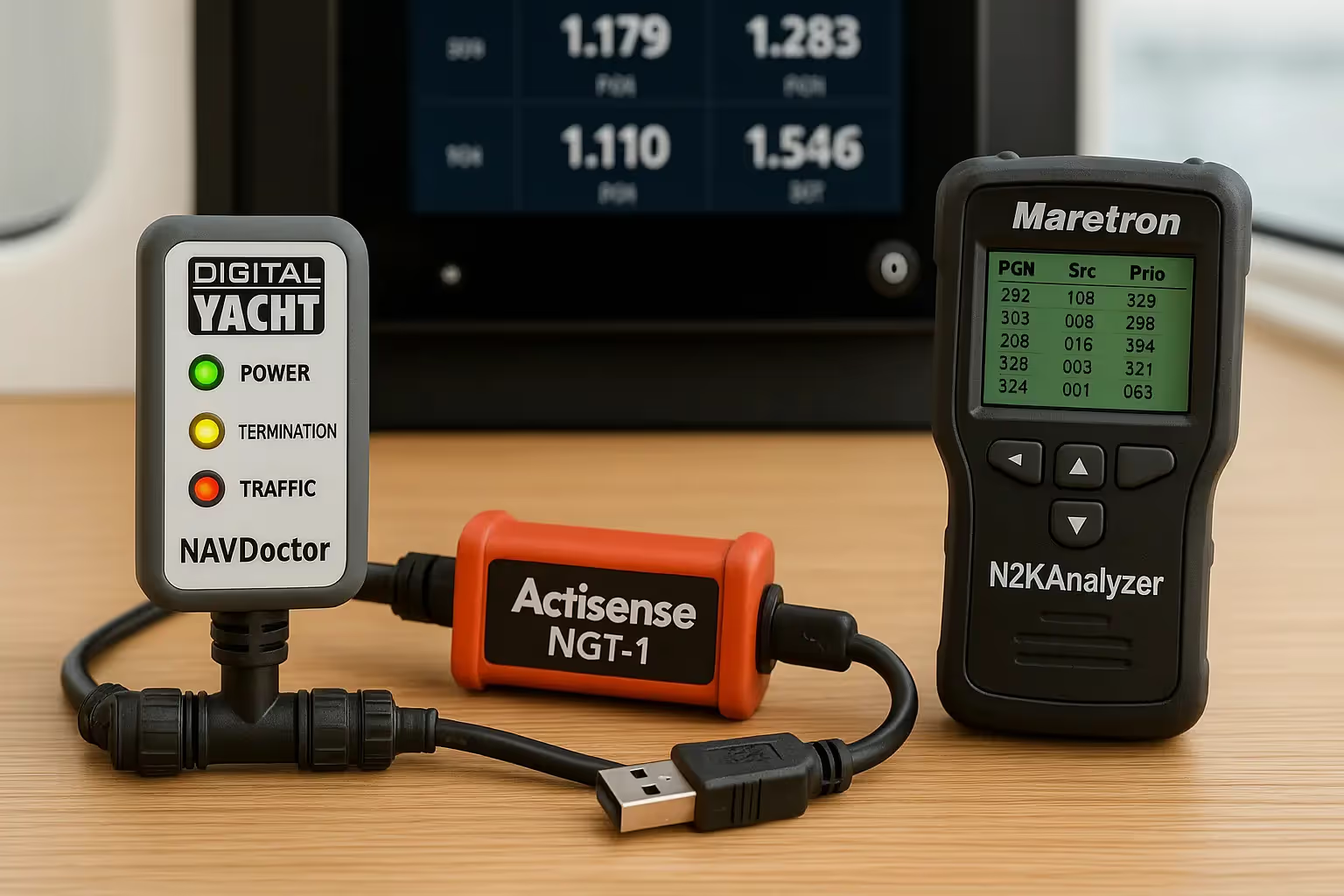Navigating the Stars: A Beginner's Guide to Celestial Navigation

Section 1: A Brief History of Celestial Navigation
The ancient skill of celestial navigation dates back thousands of years to when human civilizations used the celestial bodies as their guides while venturing across unknown oceans. This section explores the rich history of celestial navigation, highlighting its pivotal role in maritime exploration and discovery.
The origins of celestial navigation can be glimpsed in the earliest seafaring cultures, where sailors relied on the heavens to navigate their vessels. Possibly the most famous practitioners of this technique were the Polynesians, who set out on epic journeys across the huge Pacific Ocean, driven only by their deep knowledge of the stars, moon, and other celestial occurrences. These master navigators discerned patterns in the night sky and utilized their knowledge to determine direction, estimate distance traveled, and locate distant lands, ultimately populating numerous remote islands.
In the Mediterranean, ancient Greeks made notable contributions to celestial navigation, developing rudimentary instruments to measure the angles between celestial bodies and the horizon. These innovations laid the groundwork for future developments in this field.
Celestial navigation was essential to the explorations of Christopher Columbus, Ferdinand Magellan, and many other globe-trotting adventurers during the Age of Exploration. They were able to explore new lands and cross large oceans because they relied on the stars.
As history progressed, the development of more sophisticated instruments, such as the sextant, improved the precision of celestial navigation. However, with the advent of modern technology like GPS, the practice has become less commonplace. Nevertheless, it is still a cherished skill, connecting us to the intrepid spirits of our maritime ancestors who dared to venture into the unknown, guided only by the timeless art of celestial navigation.
Section 2: Essential Tools for Celestial Navigation
To embark on the journey of celestial navigation, you'll need various indispensable tools that have been refined over centuries to ensure accurate positioning and navigation at sea.
- Sextant: This tool is the heart of celestial navigation. It is a precise instrument that allows you to measure the angle between a celestial body (like the sun, moon, or stars) and the horizon. By recording these angles, you can determine your latitude accurately.
- Compass: A reliable compass is essential for maintaining your heading and aligning your sextant readings with geographic directions. It ensures that the measurements you take correspond correctly to the Earth's magnetic field.
- Timer: Accurate timekeeping is crucial in celestial navigation. It helps in determining your exact longitudinal position by allowing you to measure the time difference between when you take a celestial sighting and its corresponding time in the almanac or sight reduction tables.
- Almanac and Sight Reduction Tables: These reference materials provide the necessary data to calculate your position accurately. The nautical almanac contains detailed celestial body positions for a given year, while sight reduction tables help you convert your sextant readings into a precise geographical position.
Armed with these essential tools, you'll be well-prepared to explore the amazing world of celestial navigation, where you'll unlock the mysteries of the sky and chart your course across the open ocean. These instruments are the bridge between ancient wisdom and modern seafaring.
Section 3: Basic Techniques of Celestial Navigation
Mastering the art of celestial navigation begins with understanding its fundamental techniques. In this section, we'll dive into the key steps that allow sailors to determine their position accurately using the celestial bodies as their guides.
- Taking Sightings: Celestial bodies, such as the sun, moon, planets, or stars, must be sighted to begin the celestial navigation process. The angle between the selected celestial body and the visible horizon is measured with a sextant. To determine your position, this angle—also referred to as the altitude—is essential.
- Calculating Position: With your sextant readings in hand, you turn to nautical almanacs and sight reduction tables. The almanac gives you precise data on the celestial body's position for a specific date and time, while the sight reduction tables help you convert the observed altitude into a line of position on the Earth's surface. By taking multiple sightings of different celestial bodies and performing these calculations, you can pinpoint your exact position.
- Plotting Your Course: Armed with your calculated positions, you use a chart and compass bearings to chart your course. By connecting these positions and applying dead reckoning techniques, you create a navigational track that accurately guides your vessel.
Remember that celestial navigation is an art as much as a science. Beginners often start with simple sights and progress to more complex calculations as their skills start to develop. With dedication and practice, you'll become proficient in this time-honored method of navigation, gaining the ability to confidently sail the open seas while forging a profound connection with the celestial wonders above.
Section 4: Celestial Navigation as a Lifesaving Skill
One could easily undervalue the significance of celestial navigation in the modern era of GPS navigation and sophisticated technology. But this age-old ability still has value, particularly in unplanned crises when it can literally save the lives of both explorers and mariners.
- Redundancy in Navigation: When modern electronic navigation systems fail because of malfunctioning hardware, power outages, or severe weather, celestial navigation becomes an indispensable backup. In such critical moments, when your electronic devices may be rendered useless, the ability to rely on the stars and celestial bodies can be the difference between safety and peril.
- Emergency Situations: Imagine a scenario where you find yourself far from shore, with your electronic navigation systems suddenly incapacitated, perhaps due to a lightning strike or equipment malfunction. Celestial navigation helps you find your position and navigate toward safety in these dangerous situations, saving lives and vessels.
- Increased Self-Reliance: Celestial navigation fosters self-reliance and confidence among sailors. Knowing that you can navigate using the natural elements of the sky instills a sense of empowerment and resourcefulness that can be invaluable in extremely challenging situations.
- Heritage and Tradition: Embracing celestial navigation is not just about acquiring a practical skill; it also connects you with a rich maritime heritage. By preserving and passing on this ancient knowledge, you contribute to the continuity of a time-honored tradition that has guided sailors and explorers for many centuries.
Even though celestial navigation has been greatly impacted by contemporary technology, it is still an essential and timeless skill. It is evidence of the mariners' adaptation and tenacity, and it serves as a reminder that the ancient wisdom of the stars is still relevant in today's nautical world.
Conclusion: Embracing the Ancient Skill in Modern Times
Celestial navigation is not just a technique; it's a connection to our past and a skill that fosters a deeper understanding of our world. Embracing this technique as a beginner can improve your sailing experience and help you connect with the rich maritime history that has led explorers for thousands of years.
FAQs
How accurate is celestial navigation?
It is not as precise as GPS, but celestial navigation can be incredibly accurate, with skilled navigators achieving accuracy within a few nautical miles.
Can I practice celestial navigation on land?
Yes, you can! Practicing on land is one of the best ways to hone your skills before applying them at sea.
Is celestial navigation still relevant today?
Yes, it's a vital backup skill for sailors and is still taught in maritime schools worldwide.
How long does it take to learn celestial navigation?
The basics can be learned in a few days, but mastery requires a lot of practice and experience.
Do I need clear skies for celestial navigation?
Clear skies are ideal, but partial cloud cover can still allow for accurate navigation using visible celestial bodies.
















